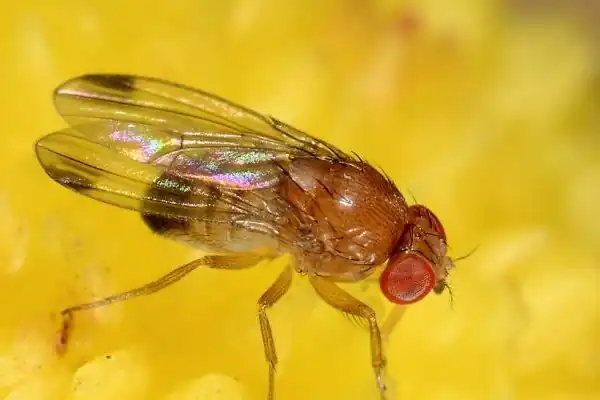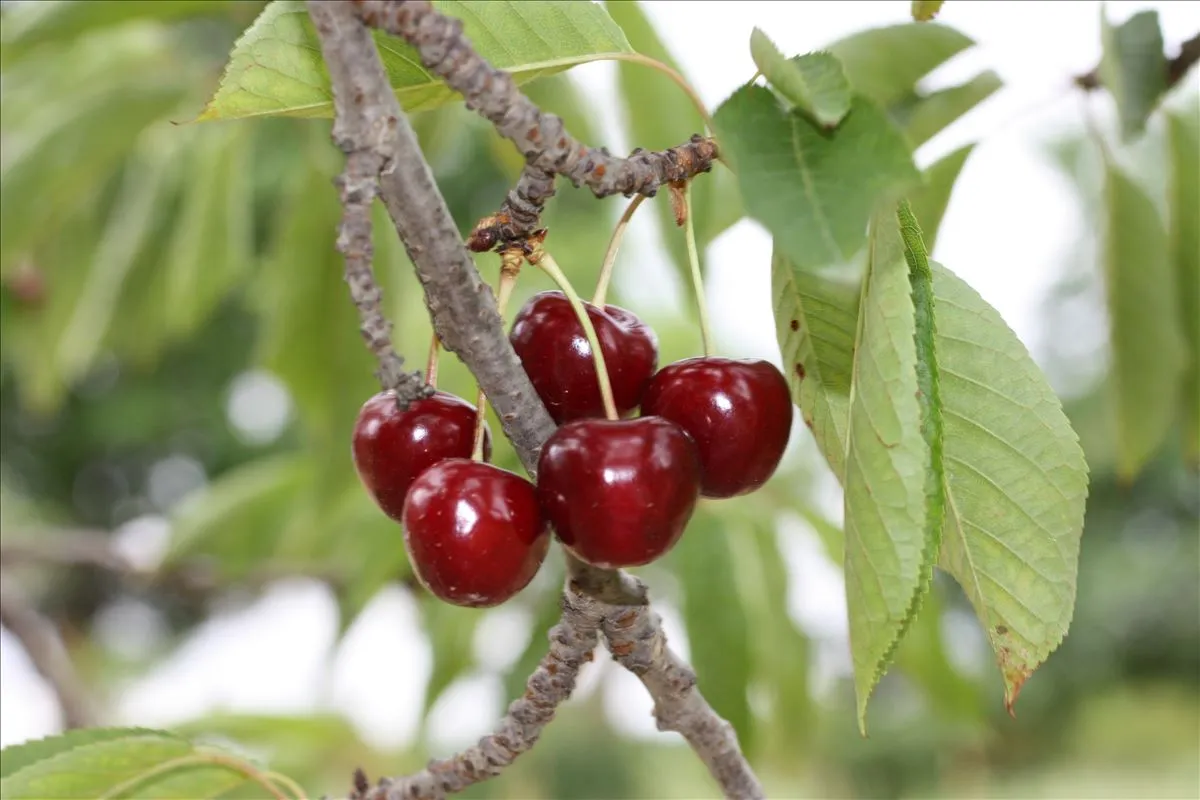Bessenay, in the Monts du Lyonnais, produces a wide variety of cherries. One of these, the Burlat, kicks off the season. Dark red or even black and juicy, they are highly anticipated by consumers. We tell you all about them.
When summer arrives, we crunch them like candies. The cherries, those small red or even black fruits that come in pairs, are what the village of Bessenay, in the Monts du Lyonnais, is famous for.
Even more so the Burlat, a variety very familiar to consumers, as it is the first one tasted when the good season arrives.
First discovered in Lyon
The history of the cherry tree begins 35 kilometers from Bessenay, in Lyon, at the beginning of the 20th century. Mr. Burlat, a grower from Saint-Genis-Laval, discovered a beautiful cherry tree in the Gerland district (7th arrondissement of Lyon) during a visit to the battlefields of the First World War.
He got the idea to cross the retrieved graft with a cherry tree from his estate. Thus, the Burlat cherry was born, with a generous shape and a melting flesh, but it did not earn its creator a penny. Only a street in Loire-sur-Rhône bears his name, in memory of this innovation.
We call them "early ones".
The Burlat cherry is the first cherry to be tasted at the end of May and the beginning of June. We call them "précoces," says Alain Coquard, a Burlat cherry producer in Bessenay.
"In the 90s, 800 tons of Burlat cherries were produced. Today, around 3,000 tons are produced in the Monts du Lyonnais area," adds the farmer, who alone produces an average of 100 tons of cherries per year, considering all varieties.
The Burlat cherries are not the only fruits found in these orchards. The first to arrive, they do not stay all summer. "We generally start between May 20 and June 1. In our area, the harvest of Burlats can be spread over 15 days," explains Alain Coquart.
"It's an important variety," adds Christophe Gratadour, representative of the Rhône Chamber of Agriculture, "because it launches the campaign." "If you want to sell late cherries, you have to start with the early ones," adds the specialist. This is a good indicator of the season, which lasts until mid-July when everything goes well.
A juicy cherry that tastes like candy
In the local markets, like the one in Bessenay, buyers used to snap up this fruit during mutual agreement negotiations. Today they continue to do so, but in a different way.
What makes it special? "It's a cherry that can be eaten from dark red to black, it is very juicy and not very firm, but firm enough to be a good cherry at the start of the season. When it is very black, it feels like eating a dessert," says the farmer, before adding: "Today, there is nothing better than Burlat at the start of the season."
In his eyes, there is nothing better than Burlat... from Bessenay! "The influence of the grafting point and the terroir on the cherry is very important," explains Alain Coquard.
Granitic, sandy-bright soil, filtering sand, cherry trees planted on raised slopes: it is this terroir that differentiates the Burlat cherry seen in all French markets from the one that blooms in Bessenay and the region. The Burlat cherry retains its freshness more easily, allowing the harvesting period to be extended.
An economic force for the area
Although the Burlat cherry is not the most widespread in France and Bessenay today, it is still part of the agricultural heritage of Bessenay. It alone represented 10% of Bessenay's total cherry tonnage in 2021.
"Today, I would say that Bessenay is known for its cherries. I remember talking to other merchants in the Rhône Valley who told me that, in any case, when the cherries arrive, it is over. We can't sell ours anymore," explains Christophe Gratadour. The representative of the Rhône Chamber of Agriculture highlights the quality of the terroir, its soils, and the professionalism and know-how of these producers and shippers.
It was a bit funny, but this is the reality, because there is a terroir, there is quality, there is know-how and professionalism, both of the producers and the shippers.
"The region is quite atypical in that there are two shippers very specialized in cherries, since about 90% of their sales consist of cherries," adds the specialist, highlighting this unique case in France.
"There are other producers specializing in cherries in France. But a region where there are specialized producers and specialized shippers is unique in France. The whole sector is recognized for this specialization and all the skills and quality that come from it," says Christophe Gratadour.
Moreover, these specialists have been able to modernize over time by mechanizing their production. They now use optical sorting to select the fruits more efficiently. These cherries, currently called Burlat, are sold in all French supermarkets and hypermarkets.
Source: Franceinfo
Image: Franceinfo
Cherry Times - All rights reserved










